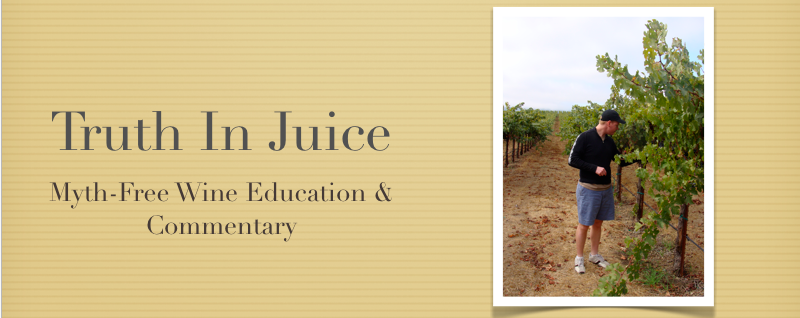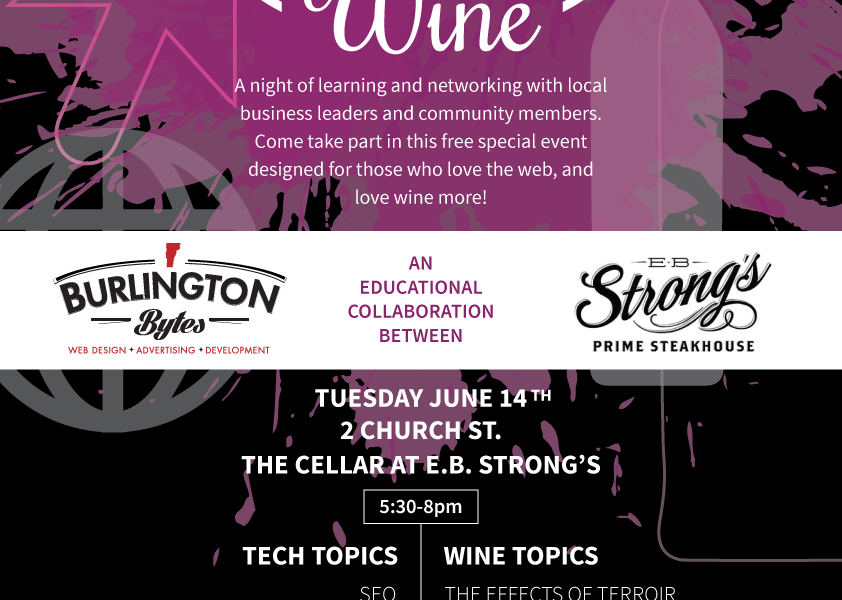Fall Wine Discovery Wraps Up With Champagne, Classic Rioja
 Tuesday, December 4, 2012 at 8:06AM
Tuesday, December 4, 2012 at 8:06AM Last night marked the first night in the last six weeks that I did not have a wine class to teach, and truth be told, the evening seemed a little empty. Our Fall Wine Discovery series at Levity concluded Monday, November 26th. Our core group of tasters, along with a few drop in guests, gathered to taste some stellar wines, and review the key themes of the course. Over the six weeks of the class, I attempted to provide an introduction to wine appreciation, covering topics ranging from the basics of wine tasting, to the influences of the winemaking process, to the concept of terroir, to an overview of the wines of France, and the wines of Italy.
My goal with the course is to broaden the horizons and palates of the attendees. Over the past six weeks, we have tasted wines that nearly everyone is familiar with, such as Chardonnay, Pinot Noir, and Cabernet Sauvignon. The course explored nuanced aspects of these wines, such as when we demonstrated the effects of oak aging and malolactic fermentation on Chardonnay. The course provided overviews of familiar wine producing regions, such as Burgundy, Bordeaux, and Napa Valley, but in an effort to illustrate the vast number of wines and wine producing regions that consumers can access today, also highlighted more lesser-known wine producing regions and grape varietals, such as Ribolla Gialla, Saumur-Champigny, Savennieres, and Gamay, among others.
I am of the belief that drinking only one type of wine is fine, if you are the type of person who runs every other aspect of your life on a routine. However, given that there are thousands of different grape varieties in the world, and good wine is made in nearly every corner of the globe, I believe that wine lovers are best served to explore, expand their palates, and enjoy. One of my favorite phrases when it comes to wine appreciation, is "Life is too short for one wine."
Another underlying theme of the course focused on demonstrating the difference between artisanally and commercially produced wines. I don't mean to disparage commercially produced wines; I think there are many mass-produced wines that achieve greatness. For example, Veuve Cliquot is one of the most popular Champagnes in the world. The house's wines are loved by millions, and Cliquot was responsible for the development of the riddling rack, without which, Champagne would be nothing like the celebrated wine we know today. However, Veuve Cliquot produces 1.4 million cases, or 16,800,000 bottles, of Champagne each year. They are able to buy as many of their grapes as they need to meet their production goals, and can also buy pressed grapes, or finished wine to make their product. Large Champagne houses (known as Négociant-Manipulants), such as Veuve Cliquot, Moët & Chandon, and Piper-Heidsieck, etc. are responsible for 80% of all Champagne production.
Again, I'm not saying that the Champagnes made by these Négociant-Manipulants are bad. I've enjoyed Veuve Cliquot, Piper-Heidsieck, and Moët & Chandon on more than a few occasions. I think Dom Pérignon, Moët & Chandon's prestige cuvée, is an exceptionally special treat, despite the fact that production often touches 200,000 cases in the vintages that it is produced. However, there is another side of the equation: Grower Champagne. Known as récoltant-manipulants, grower bottled Champagnes are made by producers who grow their own grapes, harvest them, press them, ferment them into still wine, blends the still wines to make a Champagne, induce the secondary fermentation in bottle, and sell the Champagne under their own label. They are Champagne's version of the small family estate producers that make wine so special. They account for less than 20% of annual Champagne production, but their wines are wines of character, made by families who are passionate about their craft. That passion shows through in the unique character of their wines.
The grower Champagne that we tasted at our last class in the Fall Wine Discovery Series at Levity came from the Pierre Gimmonet estate. Owned by Didier Gimmonet, the estate owns approximately 61 acres of Chardonnay grapes, and only produce 17,500 cases of Champagne each year. Put simply, this is a wine born of love and passion, rather than corporate agenda.
Our last wine of the course was a fantastic example of a winery demonstrating a commitment to a vision and passion, rather than catering their production methods purely to capitalistic interest. R. Lopez de Heredia is one of the oldest, and most traditional producers in the Spanish region of Rioja. Founded in 1877, the winery has more than 130 years of history. It is not a small estate, and its wines are considered some of the most profound in the Rioja region, if not the world. However, think for a minute that the estate's 2005 Viña Cubillo Crianza that we tasted is the winery's current release of this wine. While Spain's DO regulations require that Crianza Riojas be aged at least 2 years (1 in barrel), Lopez de Heredia has elected to release the wine 7 years past the vintage date. This trend can be seen across all of the winery's wines. The current release of the Tondonia Red Gran Reserva is from the 1994 vintage, held for 18 years beyond the vintage date, despite regulations only requiring that it be aged for 5 years (2 in barrel). It is not good economic sense to hold the wines for this long, as each year that they are held at the winery represents another year that Lopez de Heredia must wait to earn a return on their investment in the vintage. Yet, the estate continues to release its beautiful wines several years after their vintage dates, out of a respect for tradition, and a belief that this practice of aging is part of what makes the wines so superlative. From my perspective, the estate's commitment to its ideals, in addition to its completely ethereal Riojas, makes it a treasure in the wine world that should be enjoyed and protected.
The full line-up of wines from our last class was as follows:
- NV Champagne 1er Cru Blanc de Blancs, Pierre Gimmonet, Cuis, Champagne, France
- 2008 Ribolla Gialla, Masut da Rive, Collio, Fruili Venezia Giulia, Italy
- 2009 Juliénas, Manoir du Carra, Juliénas, Beaujolais, Burgundy, France
- 2008 Cabernet Sauvignon, Cakebread, Napa Valley, California
- 2005 Viña Cubillo Crianza, R. Lopez de Heredia, Rioja, Spain
Future Wine Discovery Classes will be hosted in conjunction with Burlington Wine Shop at The Cellar at Drink, at 135 St. Paul Street, in Burlington, VT. This Thursday, December 6th, at 7:00 PM, come kick off the holidays with a Champagne and Sparkling Wine Event. We'll explore the similarities and differences between the different sparkling wines of the world, including Champagne, Prosecco, Cava, and more. Come learn about how each of these types of wine are made, and maybe try a sparkling wine or two that you haven't experienced before. Tickets are $25.00 per person, and can be purchased online.
Also, in January, we'll be kicking off a four-part class series that focuses on an introduction to wine appreciation. Be on the lookout for more details!



Reader Comments